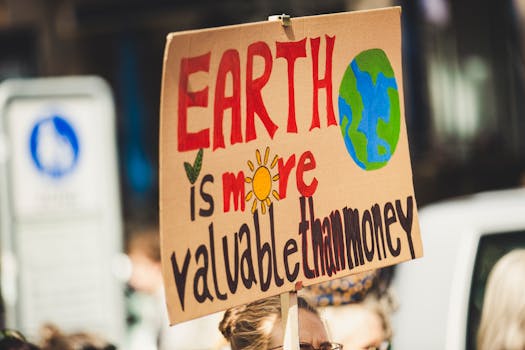
How Satellites Monitor Climate Change and Environmental Shifts
How Satellites Monitor Climate Change and Environmental Shifts is a crucial topic in today’s world, as the impact of human activities on the planet becomes increasingly evident. Satellites have become essential tools in monitoring climate change and environmental shifts, providing critical data for scientists and researchers to study and understand the effects of global warming, deforestation, and other environmental issues. With the help of satellite technology, we can track changes in the Earth’s atmosphere, oceans, and land surfaces, allowing us to better comprehend the complexities of the Earth’s system and make informed decisions about how to mitigate the impact of human activities on the environment.
Satellites use a variety of sensors and instruments to collect data on the Earth’s climate and environment. These sensors can detect changes in temperature, sea level, and atmospheric composition, as well as monitor the health of forests, oceans, and other ecosystems. By analyzing this data, scientists can identify trends and patterns that help us understand the causes and consequences of climate change and environmental shifts. For example, satellites have been used to track the melting of glaciers and ice sheets, the expansion of deserts, and the destruction of coral reefs, providing valuable insights into the impact of human activities on the planet.
Monitoring the Earth’s Climate
Satellites play a vital role in monitoring the Earth’s climate, providing data on temperature, precipitation, and other climate-related variables. By analyzing this data, scientists can identify trends and patterns that help us understand the causes and consequences of climate change. For example, satellites have been used to track changes in global temperature, sea level, and atmospheric composition, providing valuable insights into the impact of human activities on the planet. Satellites have also been used to monitor weather patterns, such as hurricanes, droughts, and heatwaves, allowing us to better understand the relationship between climate change and extreme weather events.
Satellites have also been used to study the Earth’s oceans, which play a critical role in regulating the planet’s climate. By monitoring ocean currents, temperature, and chemistry, scientists can gain insights into the impact of climate change on marine ecosystems and the global ocean circulation. For example, satellites have been used to track changes in ocean acidification, which is caused by the absorption of carbon dioxide from the atmosphere, and to monitor the health of coral reefs, which are sensitive to changes in ocean temperature and chemistry.
Monitoring Environmental Shifts
Satellites are also used to monitor environmental shifts, such as deforestation, land degradation, and changes in land use. By analyzing data from satellites, scientists can identify areas where the environment is being degraded or destroyed, and track changes in ecosystem health over time. For example, satellites have been used to monitor the clearance of forests for agriculture, urbanization, and other purposes, providing valuable insights into the impact of human activities on biodiversity and ecosystem services.
Satellites have also been used to study the impact of human activities on wildlife populations and habitats. By monitoring changes in land use and land cover, scientists can identify areas where wildlife habitats are being destroyed or degraded, and track changes in population sizes and distributions over time. For example, satellites have been used to monitor the decline of elephant populations in Africa, and to track changes in the distribution of polar bears in the Arctic.
Conclusion
In conclusion, satellites play a crucial role in monitoring climate change and environmental shifts, providing critical data for scientists and researchers to study and understand the impact of human activities on the planet. By analyzing data from satellites, we can gain insights into the causes and consequences of climate change, and make informed decisions about how to mitigate the impact of human activities on the environment. As the impact of human activities on the planet continues to grow, the importance of satellite monitoring will only continue to increase, providing a vital tool for scientists, policymakers, and the general public to understand and address the challenges of climate change and environmental degradation.